
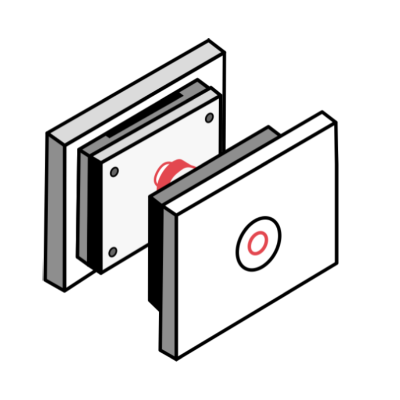
 Design flexibility
Design flexibility
 Durability
Durability
 Customization
Customization

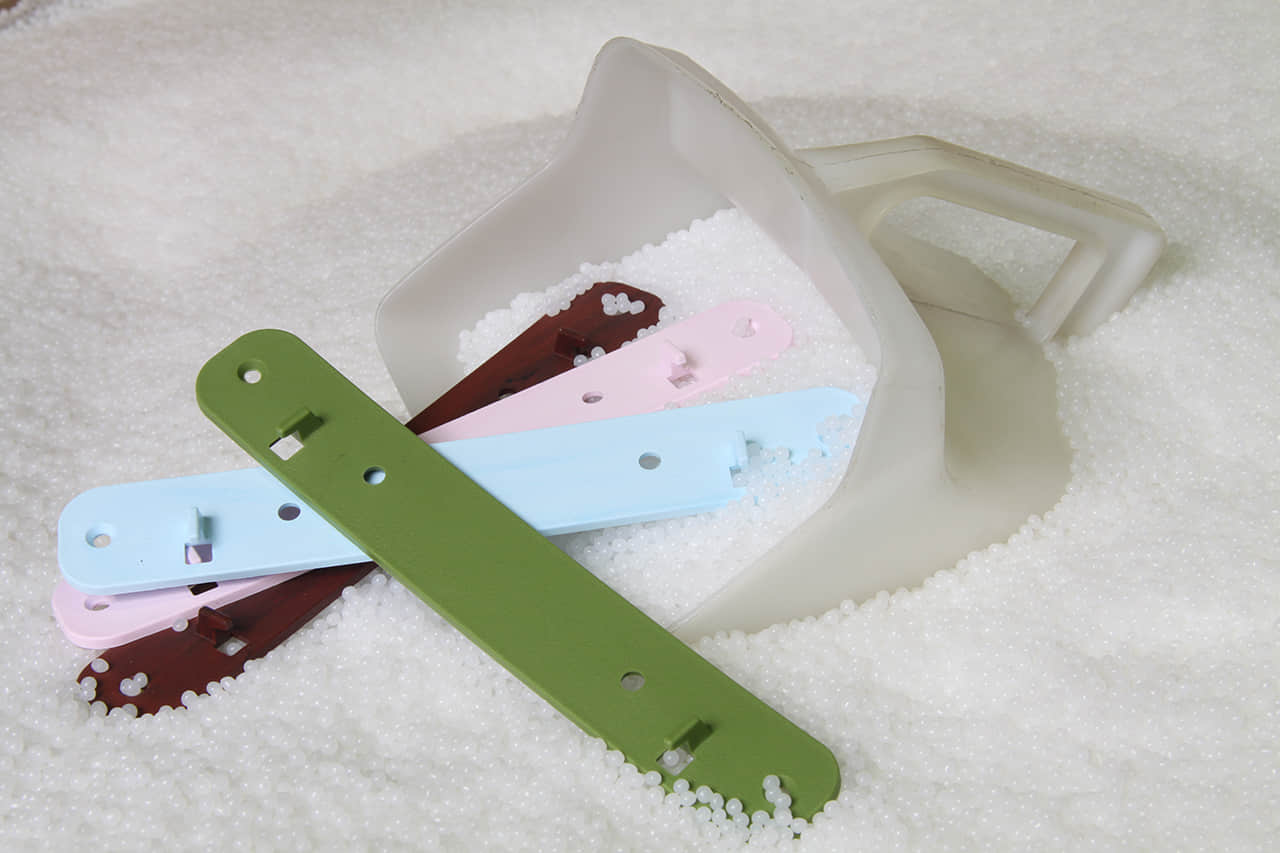
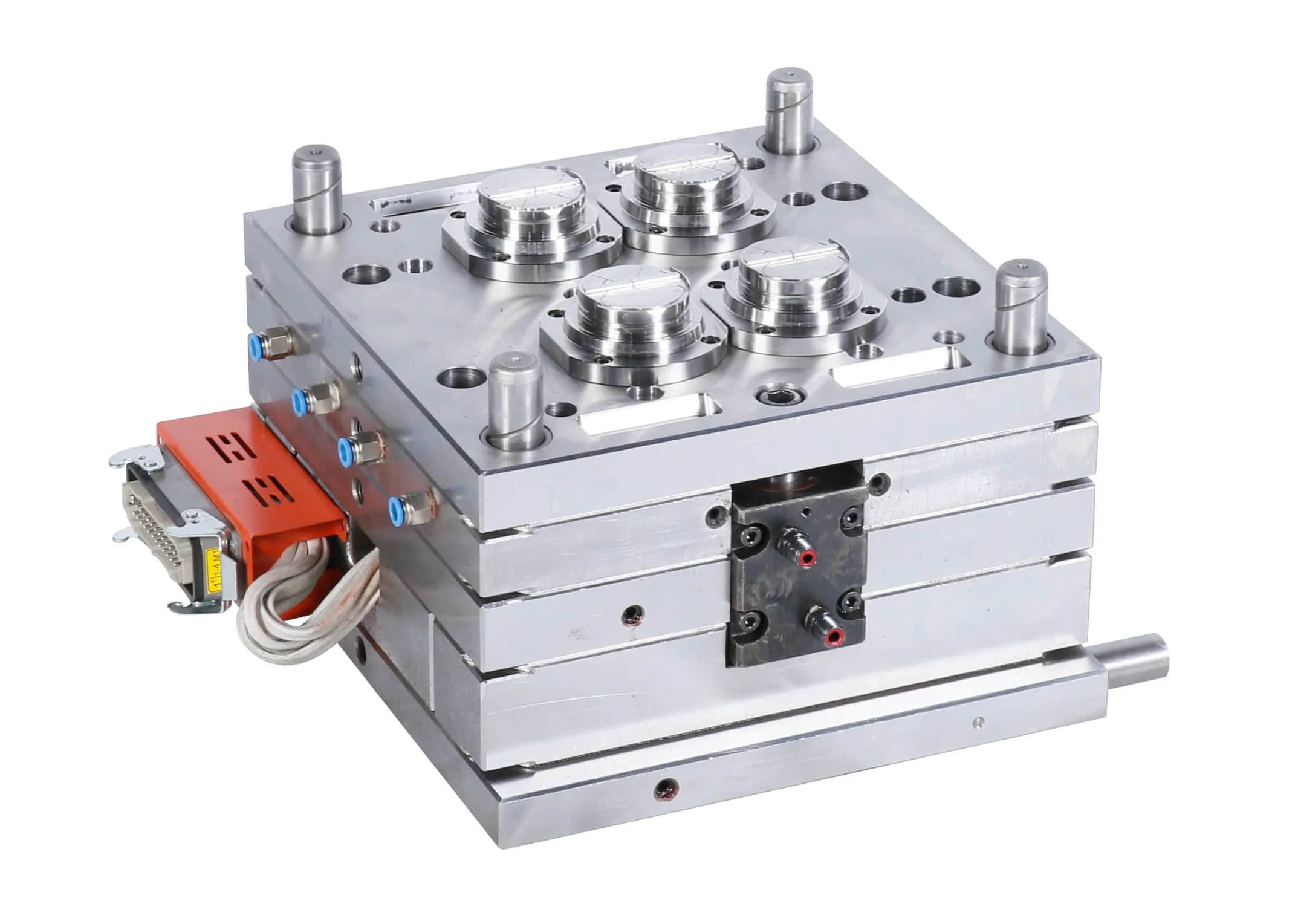

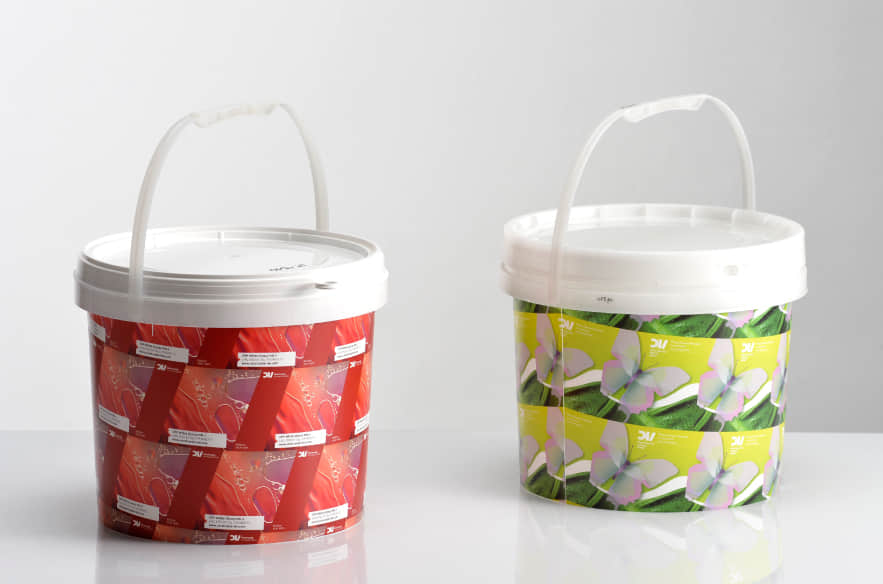
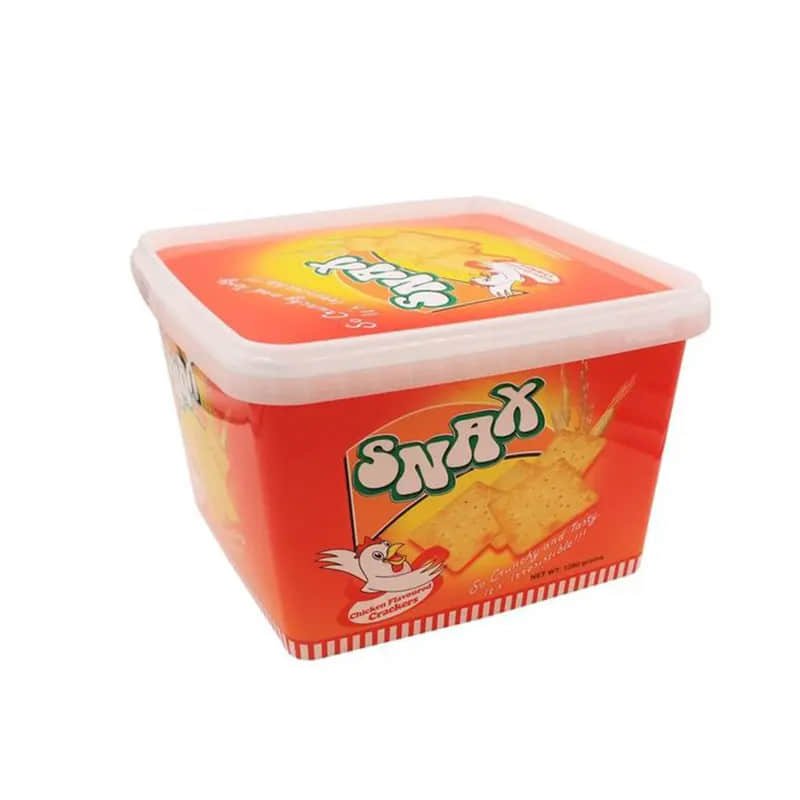
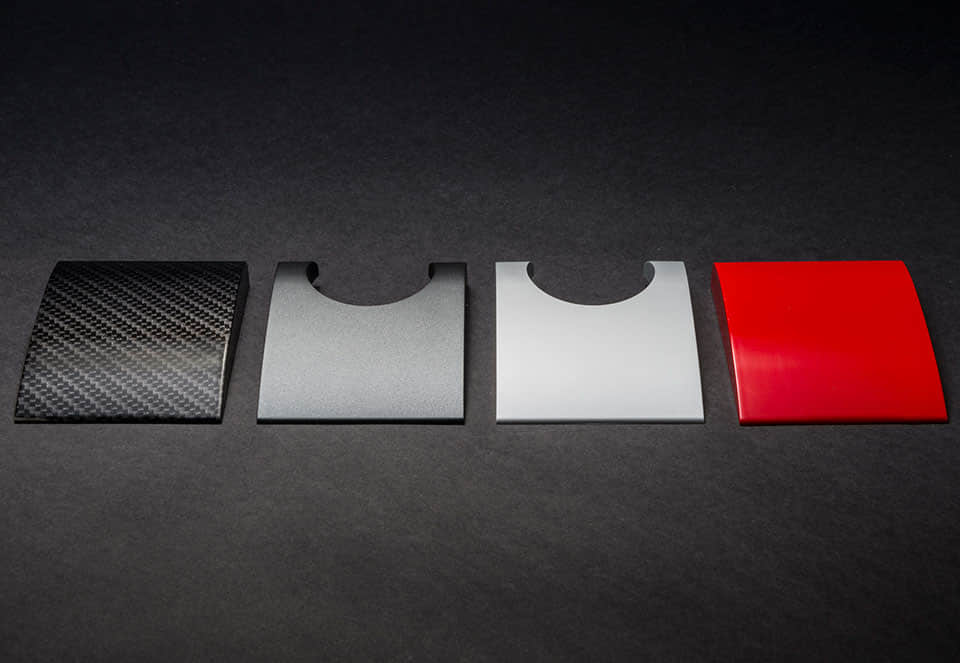
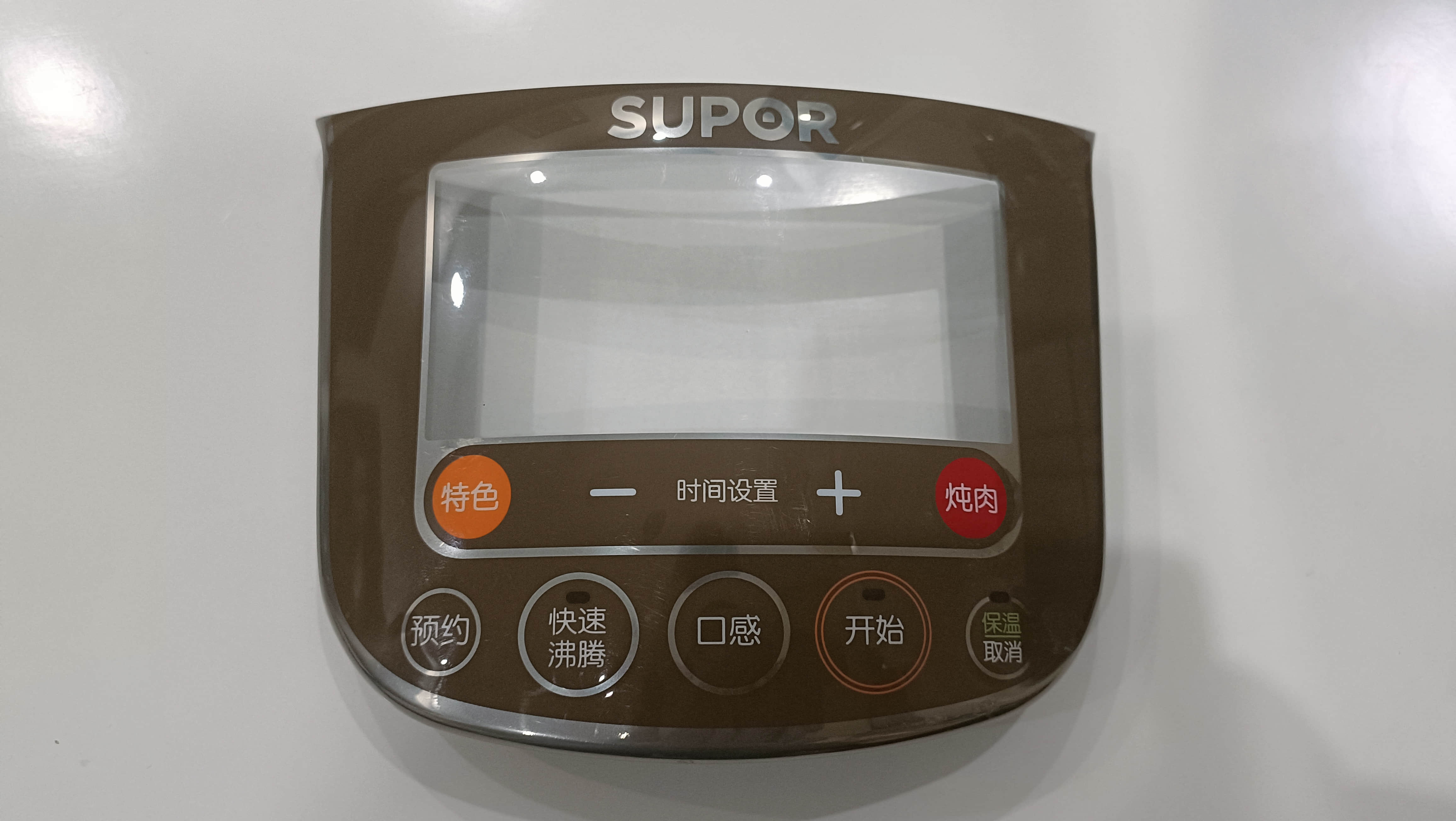

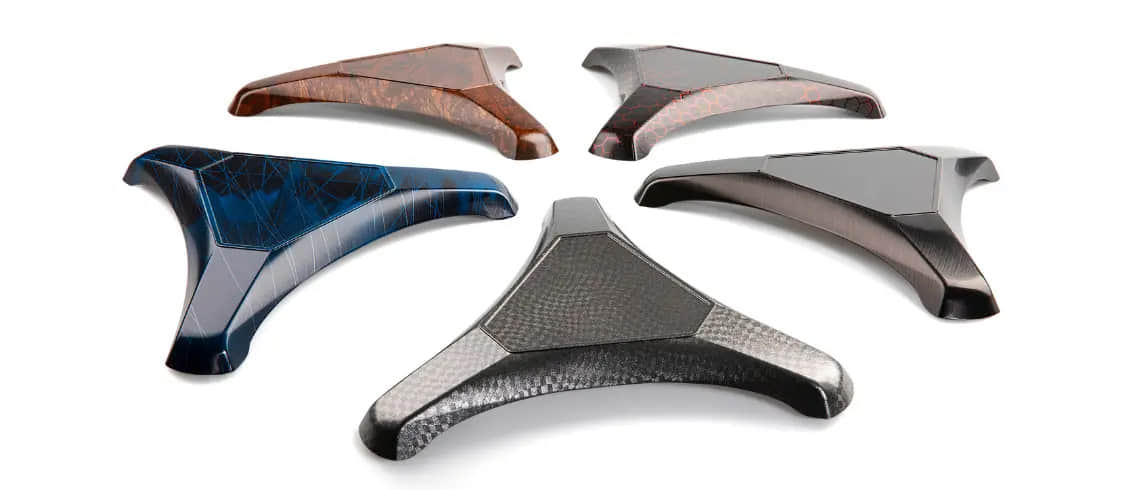
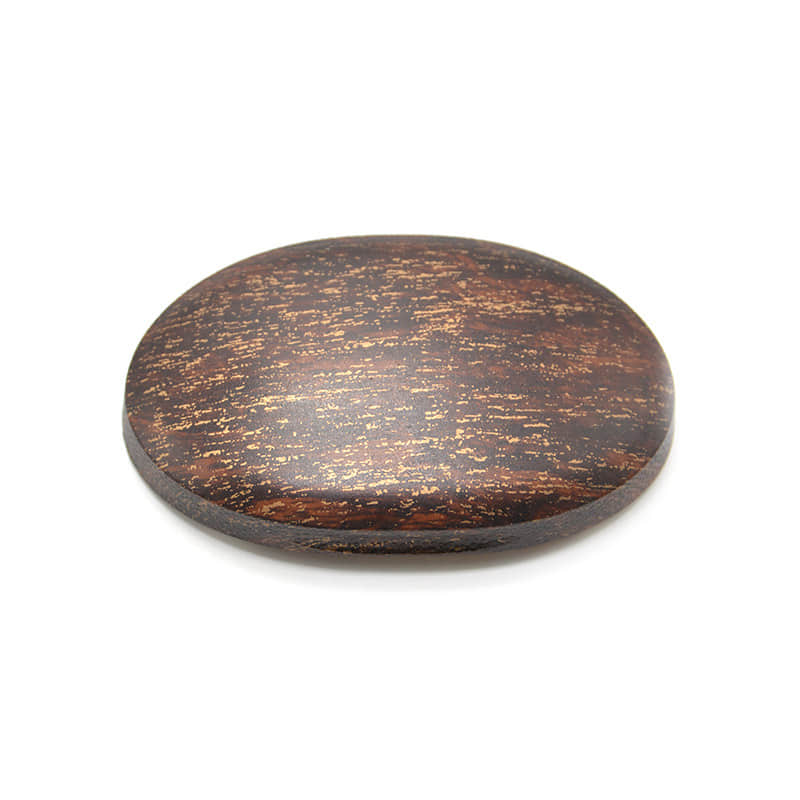











In-mold decoration (IMD) and in-mold labeling (IML) are processes that integrate decorative elements or labels onto plastic parts during the injection molding process.
In IMD, decorative materials like fabric, paper, metal foils, or plastic films are inserted into the mold cavity and then become permanently fused to the surface of the plastic part during molding. This allows for decoration and molding in a single step.
In IML, printed plastic label stock is positioned in the mold cavity so that the label gets embedded within or onto the surface of the part. This eliminates the need for separate post-molding labeling. IML enables high quality graphics and customization directly in the molding process.
Both IMD and IML allow for efficient, single-step decoration and branding of plastic parts. When combined with in-mold assembly, multiple colored resins etc., they enable innovative aesthetics, textures, and visual effects to be incorporated into the molded component.
IMD offers greater design flexibility whereas IML provides cost-effective print decoration and branding on plastic parts. The main differences between in-mold decoration (IMD) and in-mold labeling (IML) are:
Proper mold design, label material selection, registration control and process optimization is needed to produce high quality, aesthetically appealing IML/IMD plastic parts.
IMD is a complex and specialized process. There are challenges at every stage of development, from concept to successful production. Here are some key challenges with in-mold decoration (IMD) and in-mold labeling (IML):
In-mold decoration (IMD) and in-mold labeling (IML) refer to processes where decorative films, labels, or other embellishments are inserted into the mold and then incorporated onto or into the surface of plastic parts during injection molding.
The typical process steps are:
The keys to success are the label/decoration material properties, correct positioning inside the mold, process conditions that avoid wrinkling/folding, and strong adhesion between the substrate and resin.
When done right, IML/IMD combines decoration and molding in one step to produce high quality, attractively embellished plastic parts very efficiently.
A complete in-mold decoration involves many processes, and every link from part design to mass production may affect the final result. Need to study carefully. Paying attention to these factors results in strong, uniform bonding between decoration and resin for an attractive, durable finished product.
Here are some of the key factors for successful in-mold decoration: